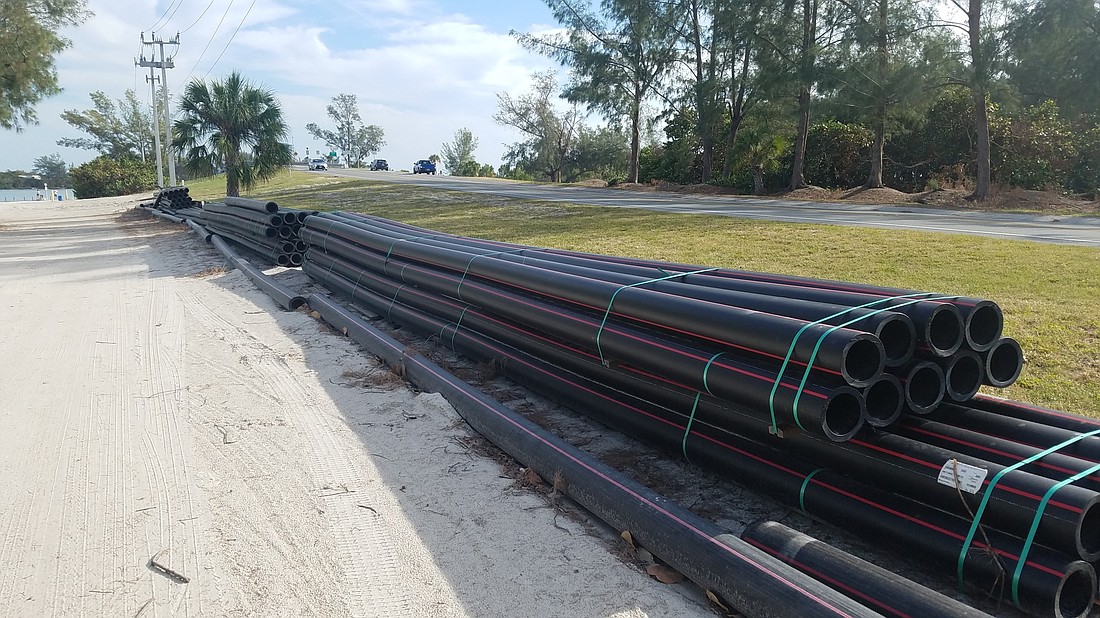- July 4, 2025
-
-
Loading

Loading

After Hurricane Irma knocked out power for many Longboat Key residents, the town’s $50 million utility project to bury its utility lines is gathering re-energized public support, the town's mayor said.
The project passed town-wide referendum in 2015, but not without skepticism from voters and elected officials about the cost and how residents would be assessed, including current Mayor Terry Gans. After the storm saw several thousand Longboat residents without power for days, Gans said he’s glad the town went ahead with the plan to bury the cables.
“I would hope some of the people who are still on the fence would see the benefit,” Gans said. “The people who voted for it, it enhances the idea they made a wise decision, and the people who weren’t so sure, see the value in it.”
Though he acknowledged at the time there were intangible aesthetic benefits to the conversion from lines strung from pole to pole, Gans said he was concerned that the town was allocating too much for a project to make the town simply look better. As he learned more, Gans said he better understood how underground utilities would also help make the system stronger, which became a bigger priority after Irma.
Though it can’t guarantee a prevention of all future power outages, the project is designed to protect the town’s infrastructure from run-of-the-mill winds and rains as well as hurricane-strength events. The utility lines, contained in underground tubes, are also better insulated from flooding.
Should power be lost, the underground service makes it easier for Longboat’s utility provider, Florida Power & Light Co., to identify where damage took place. Gans said advances in the past 20 years have further strengthened the utilities.
The project called for the town to borrow up to $25.25 million for underground electric, telephone, cable and fiber optic cables and feeder lines along Gulf of Mexico Drive. In March 2016, voters approved a second referendum for $23.85 million to bury utilities in the town’s neighborhoods.
Along with better protection for the electrical systems, the project is expected to enhance cell phone service and provide optimal environmentally appropriate street lighting, according to the town government. Among other enhancements are improved cellular reception and emergency communications, as well as public Wi-Fi.
The project, which will run the entire length of the island, is still in its beginning phase and is several years from completion. The town earlier this year took advantage of a previously planned FPL project to begin preliminary work in bringing underground cables to the island from the north and south. Full-scale construction isn’t expected to begin until 2018 and could take up to five years, but Town Manager Dave Bullock said he hopes to trim that time frame.